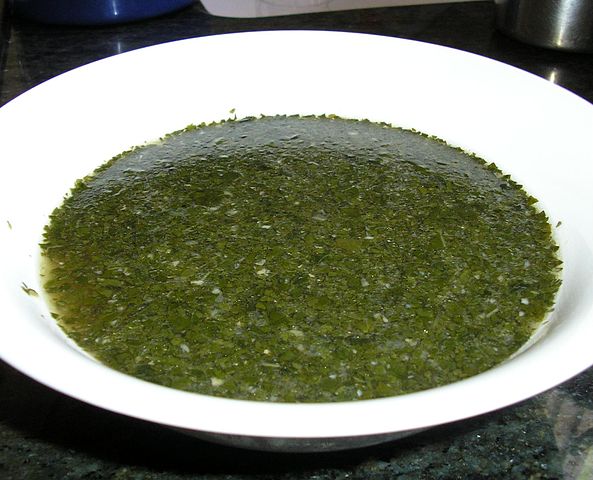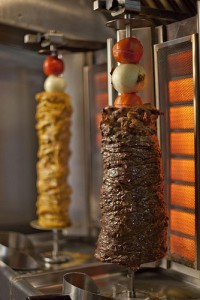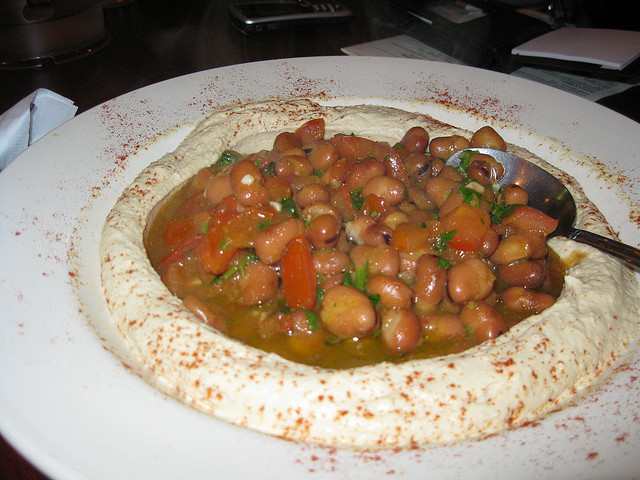Egyptian Food

Egyptian food does not have the world’s greatest reputation. Which is, frankly, a little unfair.
Sure, a lot of Egyptian food is, fundamentally, Turkish, the staples that you’ll find all over what was once the Ottoman Empire, from the Middle East to the Balkans. The classic Eastern Mediterranean mezze (maza in Egypt) are also thoroughly familiar.
But there are some great, earthy, home-cooked peasant flavours that you will love (and that’s before you get to Bedouin cuisine).
 Turkish favourites include grills: the flavourful meatballs known as kofta, the pressed-meat doner kebab (shawarma in Egypt) and the chopped-meat shish kebab. Typically these are accompanied with the classic Middle Eastern simple salad of tomatoes, cucumbers, perhaps some onion, and parsley, chopped fine and, in Egypt, most often dressed with tahina (tahini), the sesame paste to which Egyptians are addicted.
Turkish favourites include grills: the flavourful meatballs known as kofta, the pressed-meat doner kebab (shawarma in Egypt) and the chopped-meat shish kebab. Typically these are accompanied with the classic Middle Eastern simple salad of tomatoes, cucumbers, perhaps some onion, and parsley, chopped fine and, in Egypt, most often dressed with tahina (tahini), the sesame paste to which Egyptians are addicted.
More generically Middle Eastern are the maza (mezze), including hummus, the chickpea dip, baba ghanoug, a mix of smokey cooked aubergine and tahina, and ful, a dish so dear to the Egyptian heart that it merits an entry of its own.
Then there’s felafel, known here as ta’amiyya, and a million and one variations on roasted chicken, classically served as a full meal preluded by soup and accompanied by rice and salad.
Desserts aren’t a major part of Egyptian eating, though, like everywhere else in the Middle East, patisseries churn out the range of cakes from baklava through to cheesecakes. One very typical Egyptian dessert is the bread and butter pudding known as “Om Ali”.
Yet the highlights of Egyptian cuisine are big, earthy, peasant flavours, which get spicier as you head south into Nubia and towards Africa proper.
Molokhiya
You’ll find this leafy vegetable, a type of mallow, on the menu in Lebanon, Jordan and beyond. Yet it inspires a passionate loyalty among Egyptians. Like okra, it’s mucilaginous, meaning that it cooks down to a silky (some might say slimy) texture: the classic serve pairs it with grilled rabbit and boiled rice.
Stuffed Pigeon
In some Islamic cultures, notably Turkey, members of the dove family are not eaten, in commemoration of their role in the Old Testament. Not so Egypt. Small, whole pigeons, stuffed with a mildly flavoured rice mix are eaten in their entirety, bones and all. (If you like these, you’ll like the rice-stuffed sausages called mombar.)
Kushari
A mixture of rice, noodles, lentils and tangy sauce, both vinegar and tomato, kushari is the classic Egyptian streetfood, often still served from little hand-drawn carts.

Ful
You will find ful (or foul) all over the Middle East: it’s a paste of dried broad (fava) beans, often enlivened with onion, garlic and tomato. It’s most classically served as part of a hearty breakfast, with flatbreads.
Lakhma Sabeneh
Every culture has its defining stews, and Egypt is no exception: look out for oxtail stew, and lamb with okra in season. Lakhma Sabaneh (beef spinach), is a typically Egyptian beef and spinach stew, lightly spiced with cumin, coriander, chilli and often tomato, and definitely one to look out for.
Fitir
Pies feature surprisingly highly in Egyptian food, particularly the little spicy samosas known as sambousek. Yet arguably a highlight of Egyptian streetfood are the spicy, usually meat-based pies known as fitir, best enjoyed, IMO, with extra cheese.